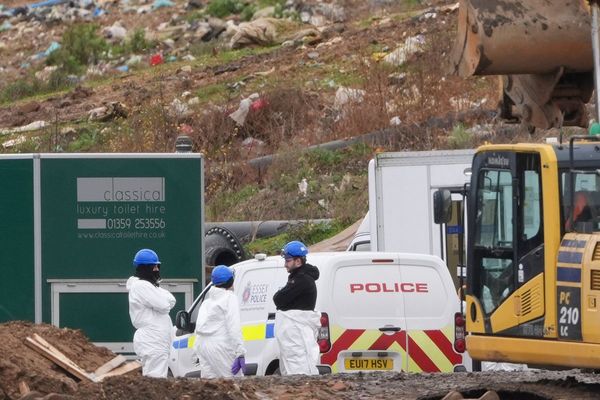
This map shows how the huge, complicated network of undersea cables which keep the internet running is spread around the world.
The map, by telecom analytics company Telegeography, uses coloured lines to show how there are many hundreds of fibre optic cables running under the world's oceans.
It shows the sheer scale of the infrastructure which keeps the internet running. It's built up over decades, mainly as a result of private enterprise rather than coordinated state infrastructure projects, like road or water networks.
Lines shown on the map above are not exactly geographically correct, but they show the broad path of the cables and which territories they connect.
According to the Asia-Pacific Economic Cooperation forum, 97 per cent of all intercontinental data is carried via such cables.
Although they are of obvious strategic importance to the countries involved, relatively little is done to guard them. In recent months, defence authorities have started to warn that state aggressors — Russia in particular — could cut them.
A US admiral, one of Britain's most senior military commanders, the former head of GCHQ and a London-based think-tank all made similar warnings in a matter of days late last year.
Rishi Sunak, a Conservative MP, produced a report for the Policy Exchange think-tank in which he warned that Russia is "aggressively operating" in the Atlantic, where cables link Europe and the US.
In the foreword to the report, retired US Navy Admiral James Stavridis claimed: "Russian submarine forces have undertaken detailed monitoring and targeting activities in the vicinity of North Atlantic deep-sea cable infrastructure."
He said they have the capacity to make a concentrated hit, causing "potentially catastrophic" damage.
Air Chief Marshal Sir Stuart Peach, the UK's most senior military officer, gave a speech in December in which he said: "There is a new risk to our way of life, which is the vulnerability of the cables that criss-cross the seabeds.
"Can you imagine a scenario where those cables are cut or disrupted, which would immediately and potentially catastrophically affect both our economy and other ways of living."
At the start of December, former GCHQ director Robert Hannigan told The Times newspaper: "In hybrid warfare you could tweak the UK economy, even without bringing it to its knees, by just cutting a few [fibre-optic cables]."
"It could slow things down and with automated trading you could make life pretty difficult if you wanted to without going for full conflict."
Russia has responded to the threat by suggesting it is not serious. Its embassy in London ran a Twitter poll in response to the Times interview, where most respondents seemed not to take the prospect seriously.
Read more:
• May tackles new Brexit Rebellion
•
Philip Hammond and Mark Carney are in China to secure £1 billion of trade deals
• Facebook admits that social media can be bad for you
Read the original article on Business Insider UK. © 2018. Follow Business Insider UK on Twitter.









